Latest News
Stissing Storage on Church Street across from Stissing Mountain High School. Owner Steve Hobson met with the Pine Plains Planning Board on Wednesday, Jan. 14, to discuss preliminary plans to expand the operation and construct a farm stand on two neighboring parcels.
Photo by Nathan Miller
PINE PLAINS — A new farm stand could be coming to Pine Plains soon.
Steve Hobson, of Milan, met with the Planning Board on Wednesday, Jan. 14, to lay out preliminary plans for a retail farm stand at 2812 and 2814 Church St., two residential lots across from Stissing Mountain High School.
Hobson is proposing demolishing the residence on 2814 Church St. and constructing several structures. The plans include an expansion of Hobson’s self-storage facility on the neighboring 2818 Church St. lot.
Hobson said the house on the property was in too poor condition to be renovated or sold. “It needs a ton of work,” he said. “It’s going to be difficult to implement any further on the site without removal of that house that’s there.”
The proposed farm stand would be available to farmers on a seasonal basis, Hobson said.
Planning Board members met the proposal with optimism, although they made a few suggestions pertaining to the aesthetics of the storage facilites.
“I think it’s doable,” Planning Board Chair Michael Stabile said.
Planning Board members suggested Hobson should plan screening to reduce the visibility of the planned storage units. They also asked if Hobson had identified any potential tenants for the farm stand, to which he said no.
“It’s certainly going to be a roll of the dice on my part,” Hobson said.
Planning Board Chair Michael Stabile recommended Hobson start the search.
“I think part of the application you try to get somebody interested in it,” Stabile said.
The board wrapped up the meeting after about half an hour of deliberation by giving Hobson the greenlight for an official application.
Keep ReadingShow less
North East Zoning Board of Appeals members met on Thursday, Jan. 15, to hear a request from the Vitiello family, who own the property at 208 Cooper Road, to reconsider a 2005 ZBA decision that bars the residence on the property from obtaining a certificate of occupancy. The residence has been occupied for years despite a court injunction and an affirming appeals court decision in 2018 that ordered the house must be vacated.
Photo by Aly Morrissey
MILLERTON — A decades-long dispute on Cooper Road returned to the spotlight on Thursday, Jan. 15, as a tense meeting of the Zoning Board of Appeals (ZBA) concluded with members unanimously rejecting a request to reconsider a decision that was made more than 20 years ago — a move that would have reopened conditions tied to the property’s original approval.
At the center of the conflict is an illegal dwelling owned by Erasmo and Josephine Vitiello on Cooper Road that has never received a certificate of occupancy. Although the structure received a building permit in 2005, it remains illegal under the town’s zoning code. Litigation between the town and homeowners in 2018 resulted in an injunction requiring the property to be vacated. The home, however, remains occupied, prompting public questions about enforcement by the Town Board.
Homeowner Josephine Vitiello appeared before the ZBA and spoke at length about her family’s efforts to “do all of the right things” in pursuit of a certificate of occupancy, telling the board that the prolonged dispute has caused significant turmoil for her family and their neighbors. Vitiello claimed the two outstanding items stemming from the 2005 decision — issues related to her driveway and drainage — have been “substantially completed.” ZBA member Jeff Stark pressed Vitiello with sharp questions before the board voted unanimously not to move forward with reconsideration.
The zoning issue
Town Attorney Warren Replansky said during the meeting that the building permit never should have been issued, explaining that the structure was approved as a shed but built as a single-family residence without the required frontage. Replansky characterized the original paperwork submitted to the building inspector as a “false application.”
Under the town’s zoning code, a residential lot must abut a public street for at least 40 feet in order to be legally permitted. While the Vitiellos’ driveway provides access from Cooper Road to the home and is approximately 10 feet wide, the lot itself does not meet the frontage requirement because it does not directly abut the roadway as required by zoning.
Family impact
Vitiello said that her son, daughter-in-law, and two young grandchildren live together in the home.
“We have been part of the community for 30 years,” she said. “My children literally grew up here, and we’ve done everything possible to try to resolve any issues.”
She described the home as well maintained and said the driveway is safe and fully functional, adding that meeting the town’s sight-distance requirements is impossible because the driveway is curved.
“I’ve tried it all,” Vitiello said. “Twenty years is a long time to still be dealing with this. I just want to move on and continue minding my own business — like we always have.”
Public criticism
The request for reconsideration follows renewed public criticism from Cooper Road residents, including comments at recent town meetings calling for stronger zoning enforcement related to the property.
North East resident Tyler Graham recently created a group called “Save Millerton” that he hopes will call attention to gaps in town zoning enforcement and demand greater transparency, among other things.
The group’s focus grew out of the long-running dispute on Cooper Road, where Graham and several neighbors allege that the Vitiello property has gone unenforced for years and caused tension in the neighborhood. Graham was not present at the Thursday night meeting.
Ed Covert, whose property is adjacent to the Vitiellos’, has also expressed frustration with the lack of zoning enforcement. He maintains that the driveway is actually not a driveway, but a “right of way” that passes over his property that he said is being “destroyed” by widening the path, changing angles and laying down peastone without permission. Covert said he was pleased with the decision of the ZBA.
Strong questioning from ZBA’s Jeff Stark
ZBA member Jeff Stark was the first to question Vitiello, referencing the long history of litigation tied to the property.
“In the past 20 years, the Vitiellos have sued everyone and everyone has sued the Vitiellos over this property,” Stark said, before asking why the Highway Supervisor and the Building Inspector were the only officials not involved in past lawsuits.
Stark asked, “Are you aware that if a building inspector refuses to grant the building permit and abuses his discretion, that a judge has the power and the duty to require him to issue them?”
In response, a confused Vitiello asked, “You're questioning why I'm not suing one of your departments? I find that a little rough, but if I can't get it resolved in this manner then I guess that's going to have to be the next step.”
Changing course, Stark said he was not suggesting any specific course of action. He framed his comments as questions about jurisdictions, asking why Vitiello believed the issue fell under the ZBA’s jurisdiction and not the highway department.
Under town law, the ZBA does not have authority to determine whether a driveway meets safety or highway standards, which fall under the jurisdiction of the highway supervisor.
“Everyone keeps pointing to everyone else,” Vitiello said. “I’m here to tell you that I’ve tried it all.”
Internal conflict among ZBA
In the lead-up to the vote, tensions surfaced among board members during a procedural discussion involving Town Attorney Warren Replansky, who attended the meeting in-person at the request of ZBA Chair Edie Greenwood. Replansky said reconsideration would require a unanimous vote and that a motion to reconsider would first need to be made, though such a motion would not constitute a vote in favor of the homeowner.
Stark pushed back sharply.
“I don't believe that,” he said. “In fact, I don't believe much of what our attorney just said.”
Stark went on to argue that the wording of the board’s original decision 20 years ago was “faulty in the extreme,” and likely led the Vitiello family to believe the ZBA had taken on responsibility for determining whether their driveway met legal or safety standards.
“We don't have the right to take over that decision,” Stark said. “But reading our first decision, she might well have believed we thought we did.” He reiterated that the role belongs to the highway supervisor.
Tensions emerged again over the written statement to be issued following the vote, which requires signatures from board members. While Greenwood asked Replansky to draft the document, Stark objected, saying he would not sign a version prepared by the town attorney.
“I’ve already written a decision,” Stark said. “You can have Mr. Replansky write a decision for the rest of you. But I’ll be signing the decision that I wrote.”
The News was unable to reach Stark for clarification as to why he had prepared a written decision prior to the hearing.
The board ultimately voted in favor to request a statement from Replansky, with Stark as the only member who voted “no.”
Stark also criticized Greenwood’s decision to request Replansky’s attendance at the meeting, citing the cost of legal fees and pointing out the collective experience of the board. “I request that any future decisions about whether we need counsel or not be determined by the board,” Stark said.
With the ZBA declining to reopen the case, any further action related to the occupied dwelling — including enforcement of the existing injunction — now rests with town officials outside the board.
Keep ReadingShow less
In addition to fresh floral arrangements offered at The Little Flower Bar, a new business at 8 Old North Road in Amenia, owner Kelly Deneen offers an array of gifts in an attractive price range.
Photo by Leila Hawken
AMENIA — Creativity and enthusiasm are flourishing at The Little Flower Bar, which recently opened in Amenia and is now serving fresh floral arrangements alongside an array of gifts.
Owner Kelly Deneen keeps the flower bar stocked with seasonal, locally sourced blooms that can be arranged on site as grab-and-go bouquets or purchased as individual stems. A wide selection of gifts complements the floral offerings, making the shop a destination.
Since its soft opening Saturday, Nov. 29, at the 8 Old North Road plaza, Deneen said business has been steady, with a strong showing during the holiday season.
“It’s going to evolve,” Deneen said of the young enterprise.
The flower bar includes a wheeled, multi-shelf display of fresh-cut flowers. Deneen said the portable setup can be brought to hospitals, businesses or private events, where people can select individual stems to create their own arrangements or purchase flowers to go, making it an interactive and visually engaging feature.
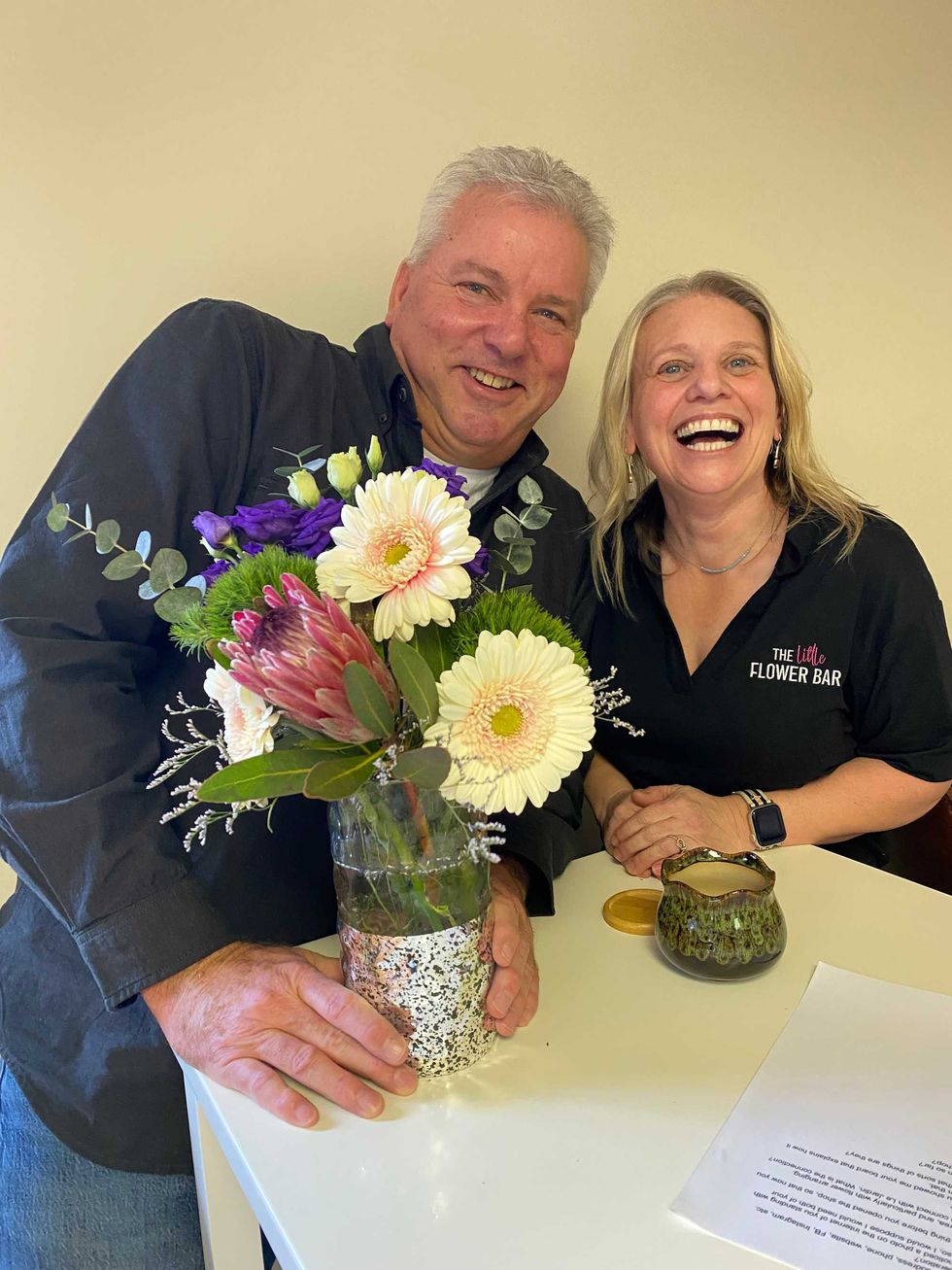
Adding to the shop’s charm is a curated selection of affordable gifts, ranging from photo frames and wine glasses to themed trays for milestone occasions, as well as items for sports fans and holidays.
“Valentine’s Day is coming up next,” Deneen noted.
Flowers are offered by the stem, and arrangements can either be made for customers or created by customers themselves. Flower selections change weekly based on the season and availability from local gardens. During the winter months, flowers are sourced from area wholesalers.
“Carnations will always be on the bar,” Deneen said, “because most importantly they were my grandmother’s favorite, but also for their quiet beauty and long-lasting charm.”
Deneen grew up in Millerton and purchased her grandmother’s home following her death in 2021. Her grandmother had lived there since 1962, and her grandfather grew up on Belgo Road.
Before opening The Little Flower Bar, Deneen spent her career in the auto racing industry.
“I worked in the car racing industry my entire adult life. I started right here at Skip Barber Racing School when I was 21. In 2013, I moved to Indianapolis to work for Andretti Autosport. I spent the next 12 years in the IndyCar paddock,” summarizing her connections to the auto racing world and her experience in large-scale event planning.
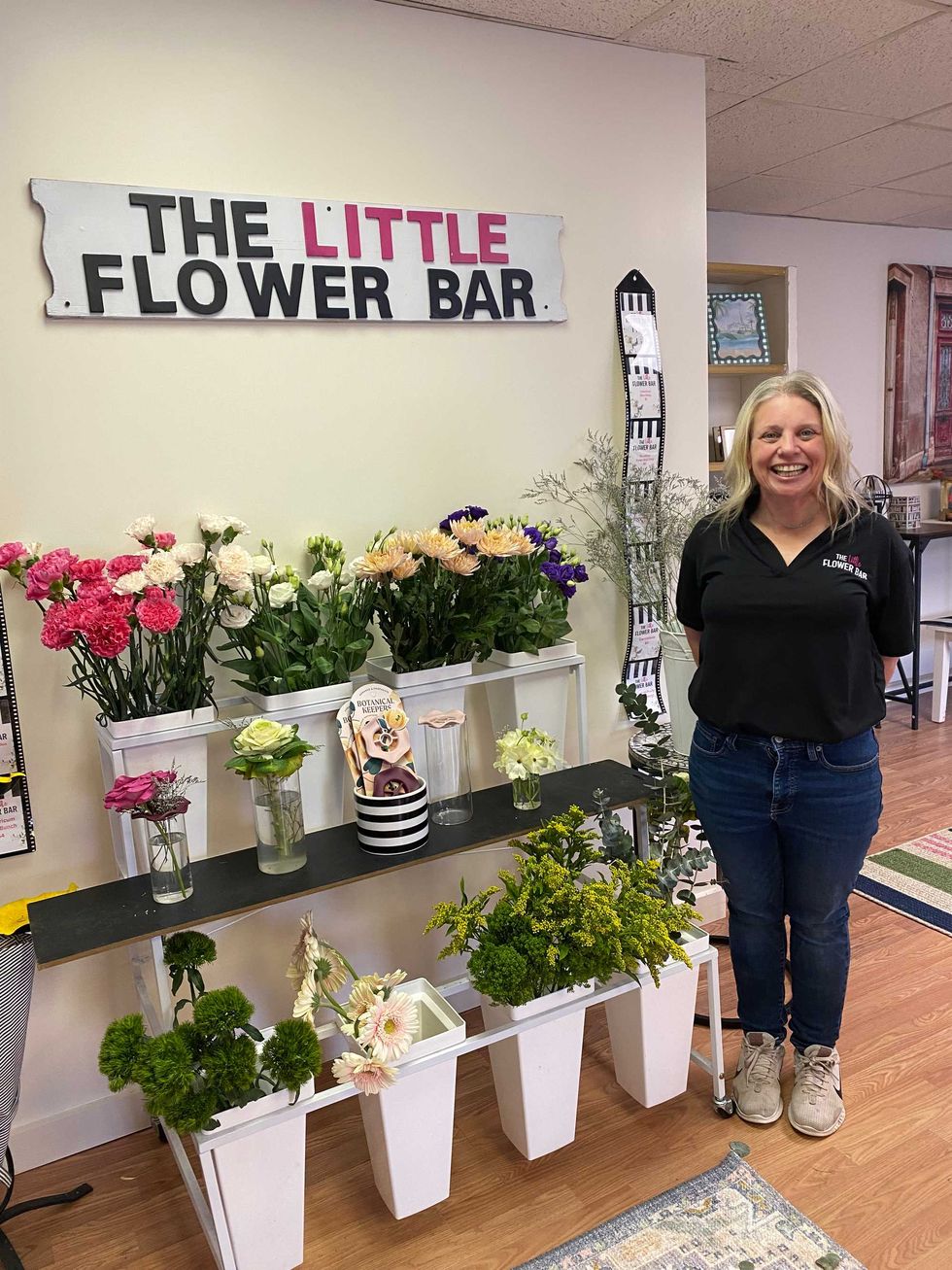
Five years ago, she started working from home in Millerton, traveling to the races. That was when she nourished her love for flowers, purchasing flowers just to play with arranging.
“We have the best flower farmers right here in the Northwest Corner,” Deneen said.
“Every flower has a personality that can speak for you when words fall short,” Deneen said.
“This is so lovely, and that’s a man saying that,” said customer Walter Irvine of Millbrook on Thursday, Jan. 8, as he stopped in for a made-to-order custom floral arrangement. Irvine recalled that he and Deneen have known each other since the 1960s, having a common interest in the auto racing industry.
The Little Flower Bar is open Thursday through Sunday, 10 a.m until 4 p.m. The phone is (845) 231-6341. For more information go towww.thelittleflowerbar.com. Or on Facebook: The Little Flower Bar. Or Instagram @thelittleflowerbarny.
Keep ReadingShow less
loading
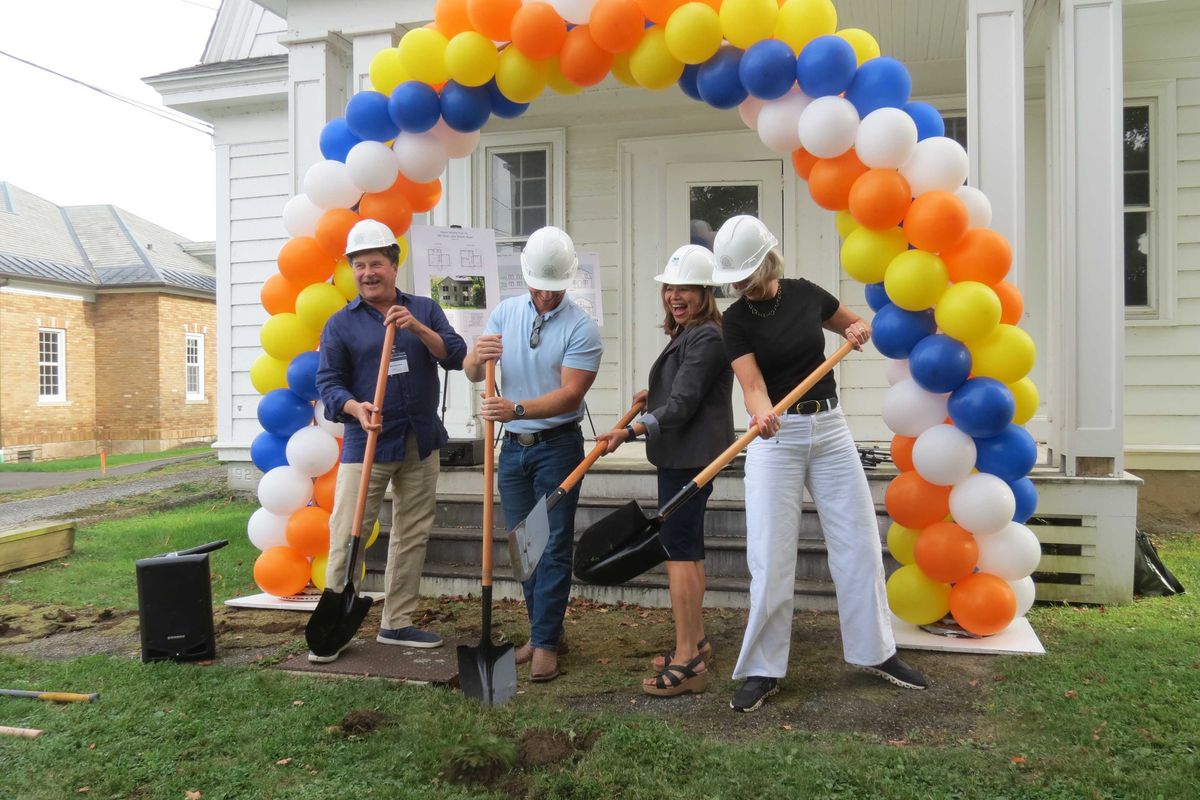
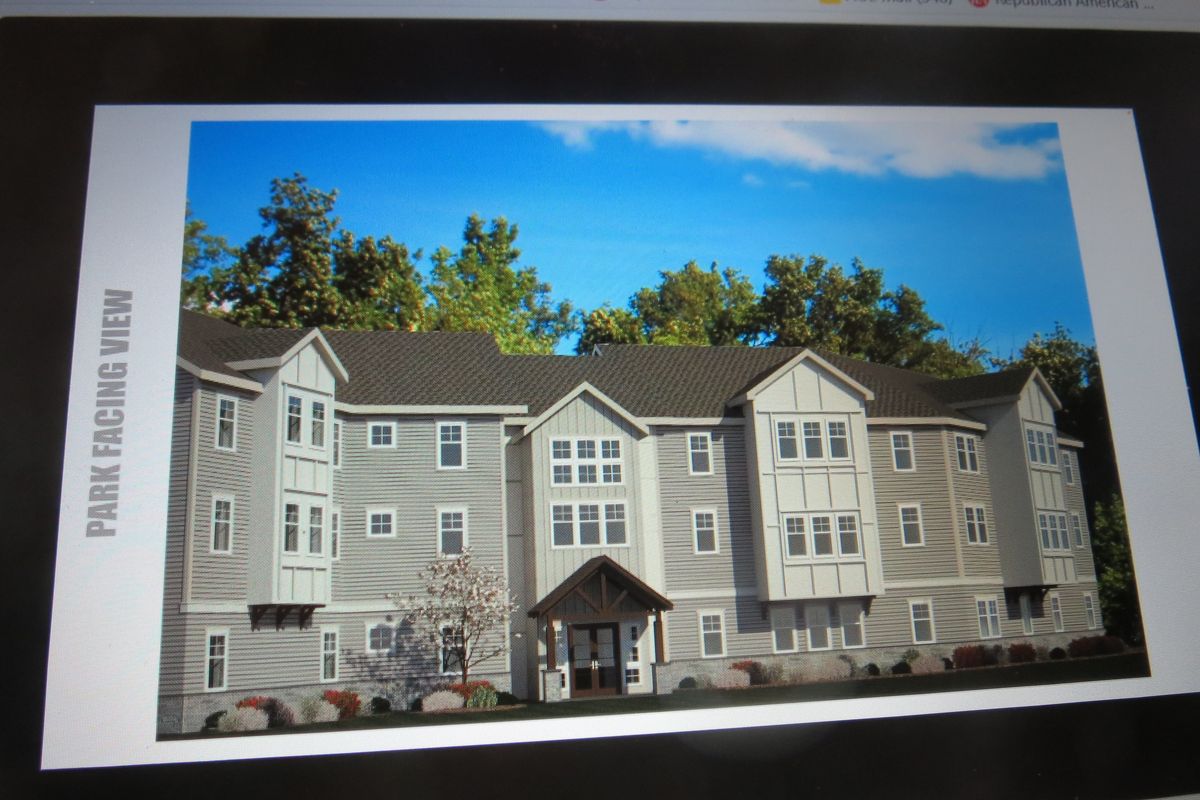
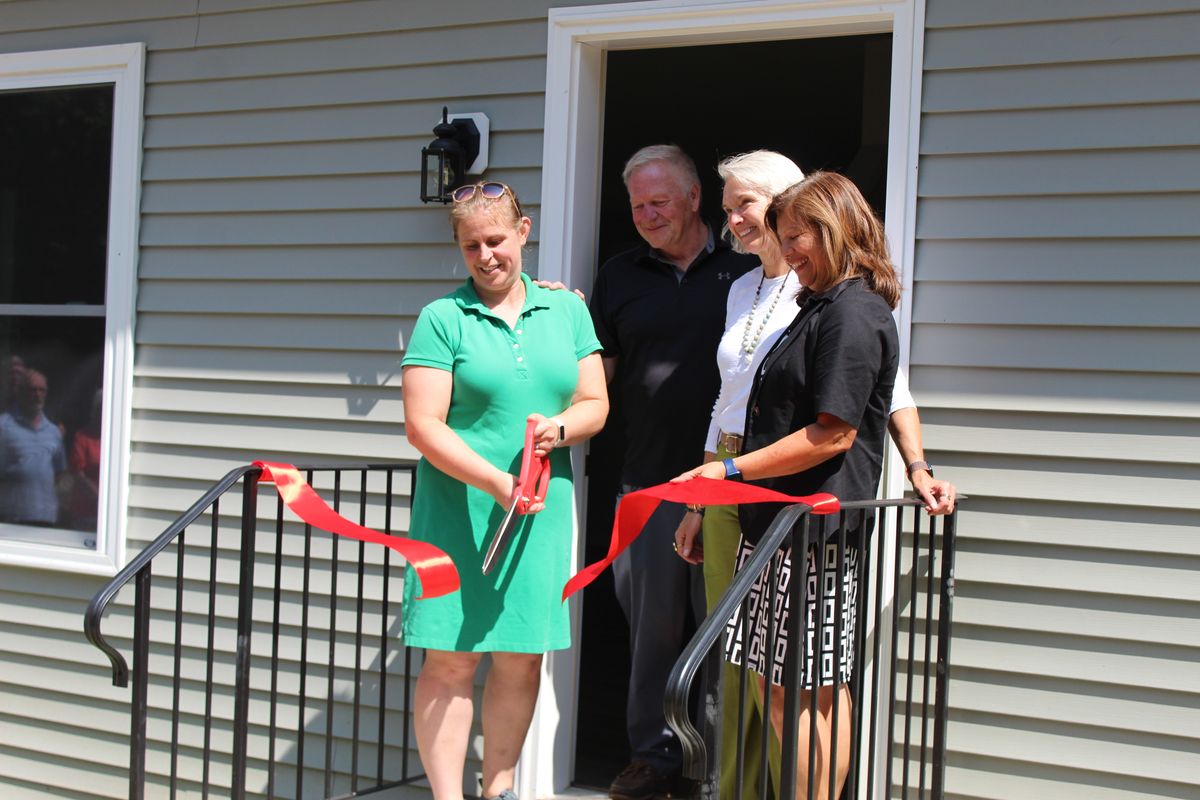

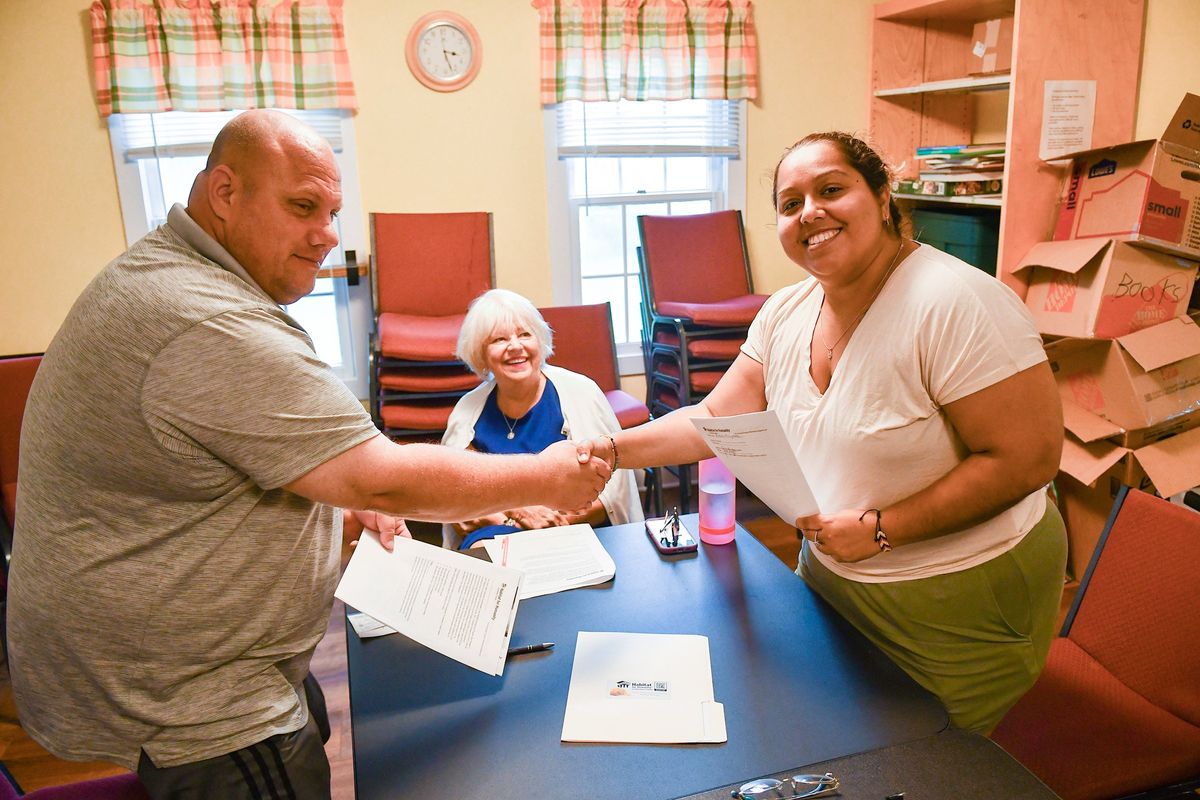
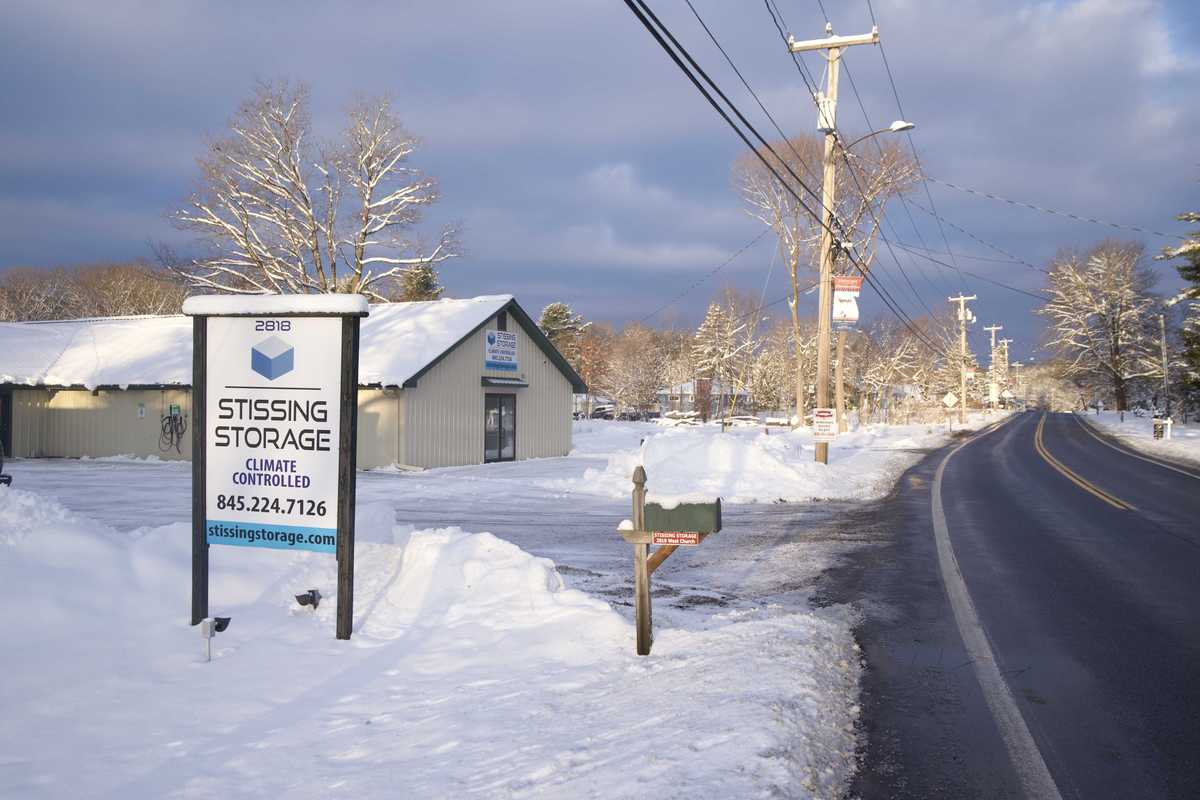
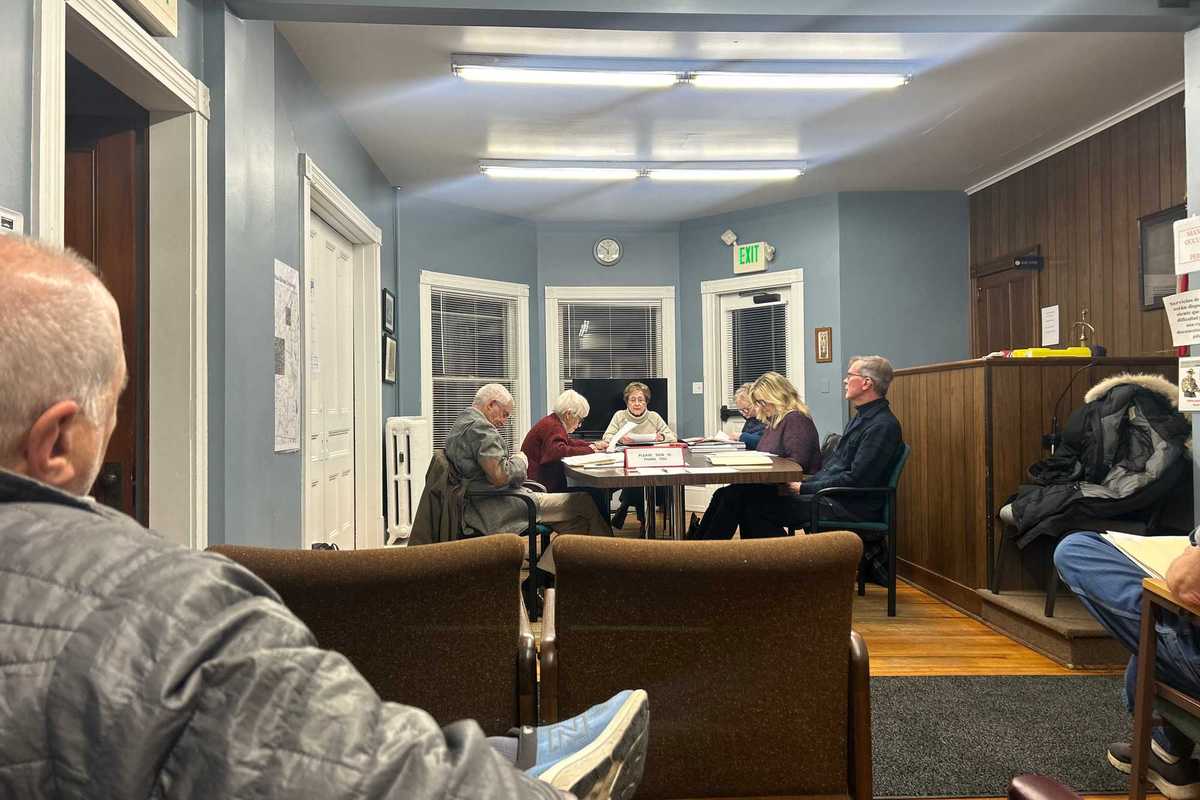

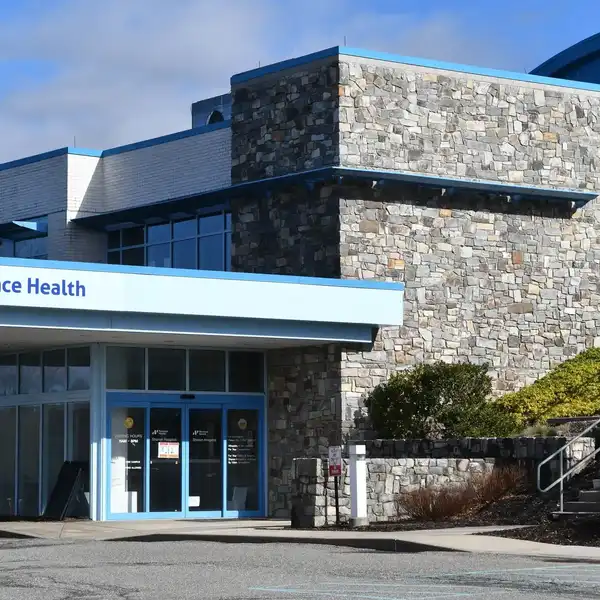





Amenia residents comment on Cascade Creek subdivision plan
Residents filled the Town Hall meeting room to capacity for the Planning Board meeting on Wednesday, Jan. 14, to provide comments about the Cascade Creek workforce housing application submitted by Hudson River Housing.
For several months, the non-profit developer has been engaged in preparing environmental impact analyses for the property, examining utilities, stormwater runoff, and potential effects on wildlife and watercourses. Once that environmental review phase is complete, detailed site plan drawings will be considered as part of the application’s next phase.
Senior planner Peter Sander of Rennia Engineering, speaking on behalf of the Cascade Creek project, reviewed conservation plans for the 24.13 acres that would comprise the development. Of the total acreage, 59% would be preserved as open space.
The plan calls for 28 half-acre house lots, each encumbered by conservation easements, along with a rectangular space designated for a community garden. Sewer and water utilities would be on-site.
Since the Planning Board’s November meeting, Sander reported, the developer has met with local fire officials, leading to an agreement to provide a buried large reservoir water tank to combat fires and the use of fire-resistant building materials in each home.
Planning Board Engineer John Andrews reminded residents that the meeting was an opportunity for public comment, describing it as an informal public hearing, and noted that future formal public hearings will be held on the project.
Summarizing the comments heard at the meeting, Planning Board member Jamie Vitiello enumerated topics that would lie within the purview of the board and the required environmental analysis currently being considered. Topics identified by Vitiello included the fire department’s concerns about adequate water supply in case of fire, Webutuck School enrollment growth, effect on community character, and increased traffic.
Newly seated Planning Board attorney Victoria Polidoro of Rodenhausen Chale and Polidoro LLP, with offices in Rhinebeck, suggested that she would be interested in information about marketing plans for the Cascade Creek subdivision.
Vitiello suggested that there are some aspects that are not within the purview of the planning board, but Andrews said he felt that getting more information into the public record is within its purview.
Several residents offered comments at the meeting, including former Town Supervisor Victoria Perotti, who expressed concern about the effect on the aquifer and area homeowners’ wells, particularly in times of drought. Although bog turtles are not present on-site, she said they do inhabit wetlands surrounding the site, along with other forms of familiar wildlife. Finally, Perotti said that the proposed on-site sewage system does not adequately meet state standards.
Resident George Bistransin submitted a petition carrying 204 signatures of residents who oppose the project.
Another resident said that he was generally in favor of workforce housing and understood the local need for it, but he had questions about the project’s business model, including the financial responsibilities of the homeowners and what mortgages would be available to them. He sought evidence that the project is financially viable.
Resident Ken Merritt expressed concern about the effect on groundwater levels in the area, indicating his opposition to the project.
“Who will pay to have area wells redrilled?” asked resident Kim Travis, also expressing concern about rainwater runoff and the diminishment of the rural character of the area.
Questioning the traffic study conducted as part of the application, resident Judy Moran noted that the study was done when schools were not in session.
Former Town Supervisor Leo Blackman spoke, noting his prior years of service on the town’s Housing Board.
“There is definitely a problem with a lack of affordable housing,” Blackman said. “The community could become economically segregated,” he warned.
Addressing concerns over higher-density housing, Blackman described the high incidence of small house lots already existing within the community.
“We need affordable housing; we need to do something,” resident Gaye Parisi said. Parisi currently serves on the Housing Board.
Planning Board Secretary Judy Westfall read two letters into the record. The first was from the local fire department, noting no access to a municipal water supply, the unreliability of natural water sources, concerns about monitoring the buried tank, the need for adequate turnaround room for fire apparatus, and plans for snow removal.
The second letter was from resident Daniel Donnelly, who favored the application and urged its approval.
Northern Red Oak Trails Project
Plans for a proposed 12-mile network of hiking and biking trails by Northern Red Oak, LLC, which require a special use permit, were reviewed by the Planning Board. Andrews explained that the permit must be issued by the Town Board and that the application had been referred to the Planning Board for comment.
Andrews said the Zoning Board of Appeals has already reviewed the proposal and raised only minor concerns, while the fire department also identified issues that have since been addressed. Endangered species requirements have been met, he added, with the applicant proposing a rattlesnake education program for the safety of hikers and bikers.
Andrews also reported that the applicant is seeking permission to cross easements held by state electric and gas utilities on the site.
The next step, Andrews said, is for the applicant to update its submission to address a small number of remaining items, allowing the Town Board to schedule a public hearing.
Planning Board member Foz Bullock noted that the applicant hopes to begin construction in May.
New Coffee Shop at Freshtown Plaza
Plans to convert the vacant branch bank building at Freshtown Plaza into a coffee shop were discussed by the planning board, with a public hearing on the project scheduled for Wednesday, Feb. 11. A building permit was obtained by business owners Amy and David Cocheo in late October.
The board noted that there is ample parking available. The only changes to the exterior would add a speaker post and a signboard to serve the drive-through lane, repurposing the former bank’s drive-up window. Inside seating will also be available.
Planning Board member Nina Peek reported that the coffee shop plans to be open six days a week, between the hours of 6 a.m. and 3 p.m. The Cocheos expect to open for business in March.